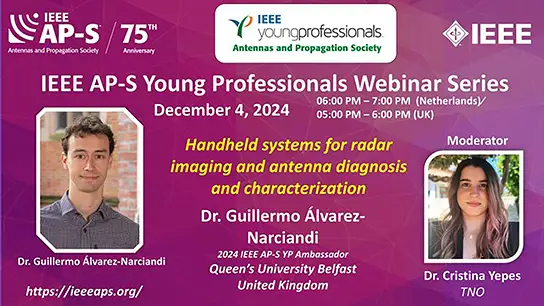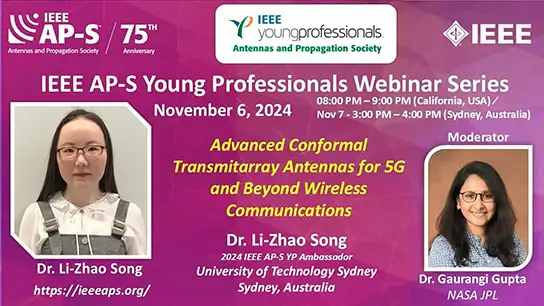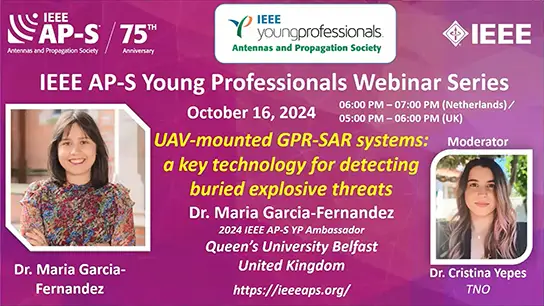Advanced Antennas and Radio Frequency Engineering for Self Sustainable Flexible and Stretchable Electronics
Chaoyun Song
-
Members: FreeAPS
IEEE Members: Free
Non-members: FreeLength: 00:56:19
25 Apr 2023
Flexible and stretchable electronics represent a paradigm shift in bio-compatible and skin-attachable devices that enable radical applications in areas such as human-to-machine intelligence, Internet of Human Bodies (IoB), virtual reality (VR), augmented reality (AR), and metaverse. An emerging update for traditional radio frequency (RF) technologies will be needed to accommodate antennas, circuits, batteries, and sensors on highly flexible and unconventional substrates and systems. This involves significant multidisciplinary research covering material science, antenna/RF engineering, mechanical engineering, power electronics, and computer science. Consequently, new challenges will be presented for future antenna and RF engineers in terms of antenna and microwave circuit performance detuning and wavelength variations due to mechanical strain, bending, and twisting. In this talk, state-of-the-art technologies to produce antenna and RF circuit layouts on novel flexible and stretchable materials will be presented, while highlighting the "magic" to enhance antenna performance (e.g., frequency stability, efficiency, gain, radiation pattern) during dynamic structural variations. Moreover, in combination with the latest rectenna and wireless energy technologies, the most challenging and non-flexible parts � batteries, will be effectively eliminated for future flexible and stretchable electronics, showcasing a self-sustainable solution towards the Net Zero Target 2050. This talk will inspire interest and attract attention from the IEEE Antennas and Propagation Society (AP-S), enabling future antenna and RF engineers to join a fascinating industry and research field to enhance the sustainability and connectivity between humans, machines, robots, and systems.


